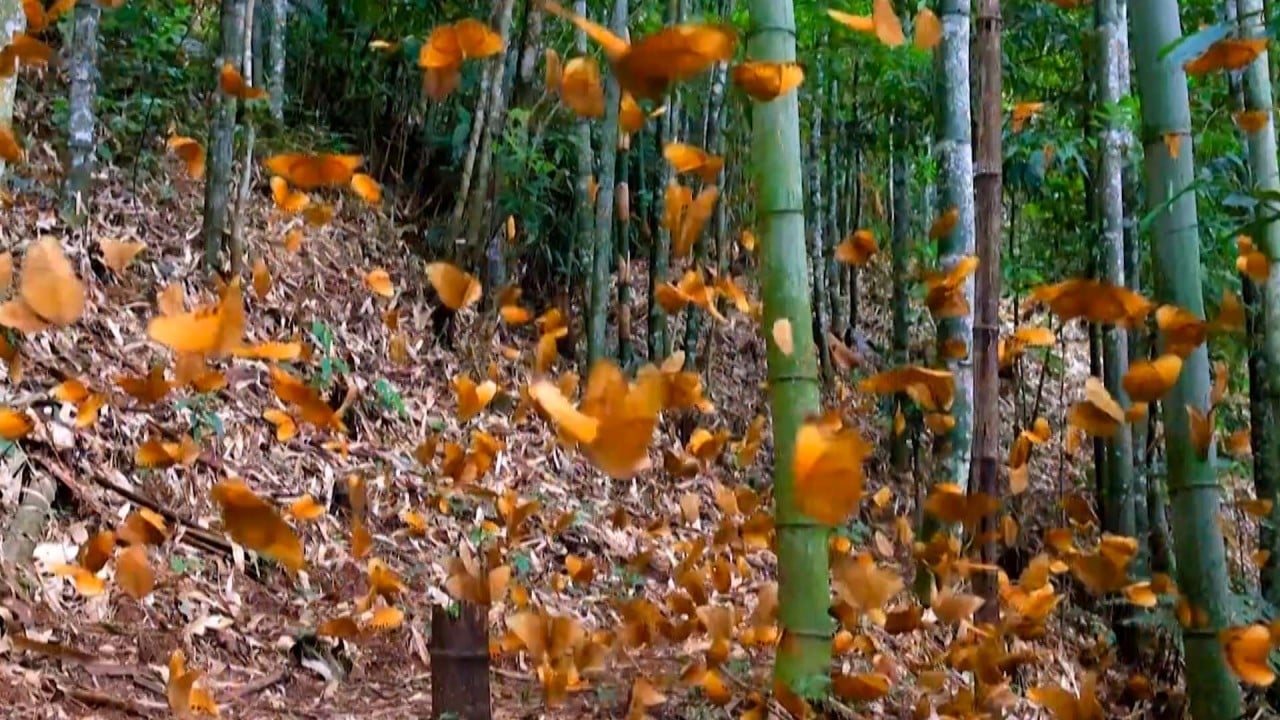The study found that non-native animals were less sensitive to extreme weather events than their native counterparts, and that events such as heatwaves, cold spells, storms, floods and droughts might help invaders establish themselves and spread.
When combined with ongoing changes in Earth’s climate, invasive species pose even greater risks to biodiversity, the researchers said.
2023 is smashing global heat records. Chinese experts warn 2024 could be worse
2023 is smashing global heat records. Chinese experts warn 2024 could be worse
The researchers, from the Key Laboratory of Animal Ecology and Conservation Biology at the Chinese Academy of Sciences, and the University of Notre Dame in the US state of Indiana, published their findings in the peer-reviewed journal Nature Ecology & Evolution on Monday.
The new research follows previous studies which have shown that successful invasive species may outperform their native counterparts as they see more rapid growth rates, stronger competitive abilities, increased tolerance to environmental disturbances, and quicker recoveries and proliferation than native plants and animals.
The researchers cited previous studies, including one in the Rio Minho estuary in Portugal where native fish declined after extreme droughts and floods. The water then saw a few groups of invasive fish species expanding and dominating.
Another carried out in Sevastopol Bay on the southwestern tip of the Crimean Peninsula, found non-native crustaceans showed higher resilience to marine heatwaves than native species.
In the latest study, the team analysed nearly 450 studies that investigated the responses of more than 1,800 native and about 190 non-native animal species from terrestrial, marine and freshwater habitats to extreme weather events.
They found that, overall, non-native species had advantages in adapting, resisting and recovering from extreme weather events compared to native species, especially for terrestrial and freshwater ecosystems.
Non-native terrestrial animals were more impacted by heatwaves while freshwater animals were found to be more sensitive to storms.
Global warming to drive longer, more extreme weather events: climate scientists
Global warming to drive longer, more extreme weather events: climate scientists
Meanwhile, native animals in terrestrial ecosystems responded poorly to heatwaves, cold spells and droughts, whereas those in freshwater habitats were vulnerable to most events except cold spells, according to the study.
In cases of floods and droughts, for example, overlapping areas were found in mid-latitudes of the Mediterranean region, mid-Asia, southern Australia, and East Asia and Southeast Asia.
Lessons to be learned from Beijing’s worst flooding in 140 years
Lessons to be learned from Beijing’s worst flooding in 140 years
For heatwaves, the overlapping areas were mainly distributed in mid-latitude regions, including the western and southeastern United States, southern Brazil, the southern Mediterranean, South Africa, southeastern Asia, South Australia, New Zealand, the northwestern coast and islands of the Indian Ocean, and the west coast and islands of the Pacific Ocean.


